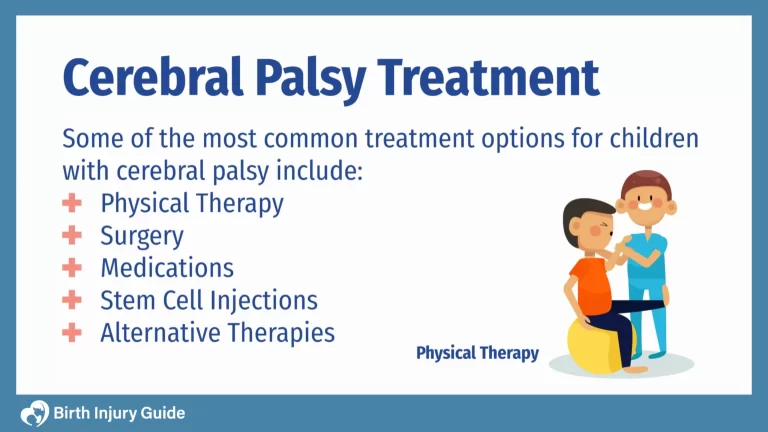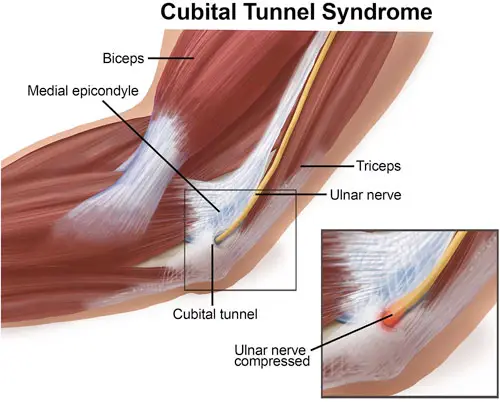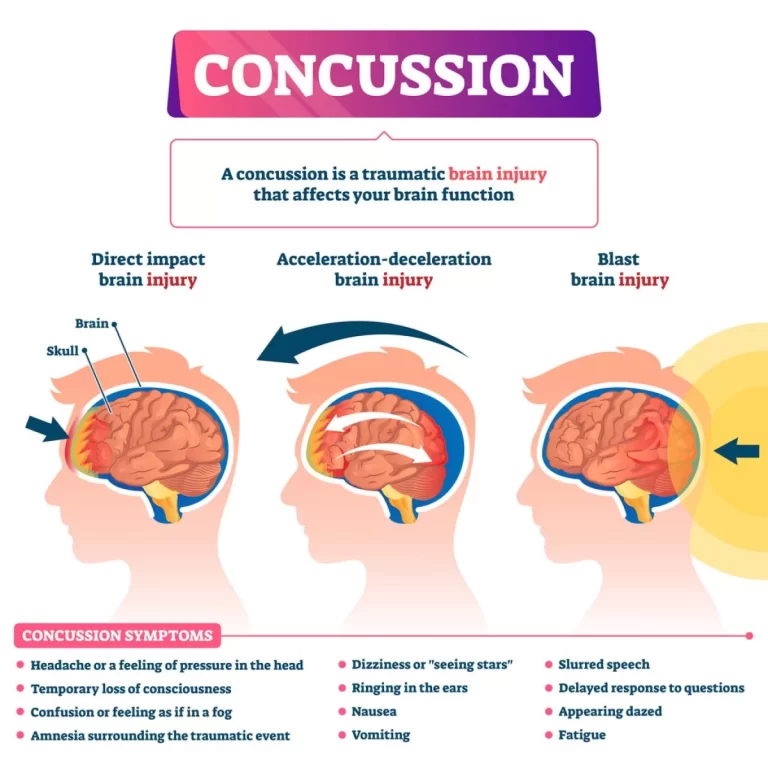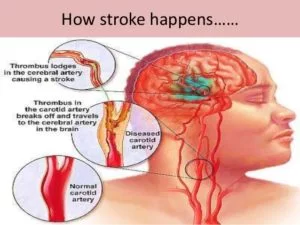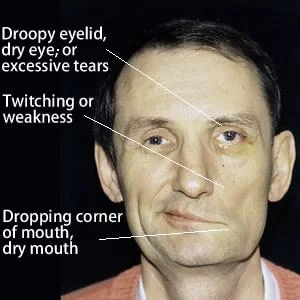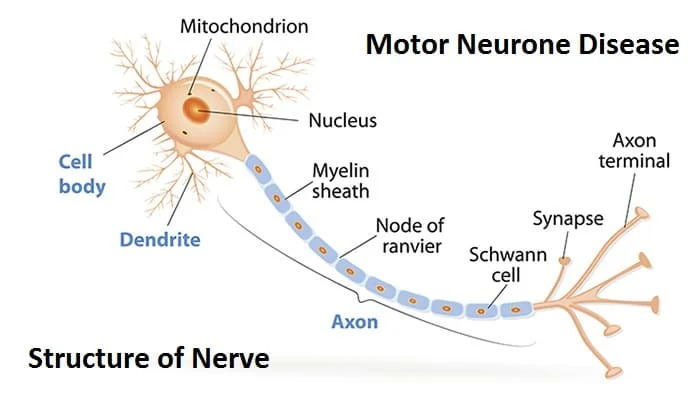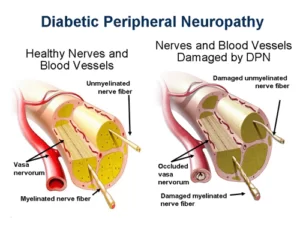SPASTICITY TREATMENT IN CEREBRAL PALSY
INTRODUCTION DEFINITION OF SPASTICITY Which are the Causes of Spasticity in Cerebral Palsy? Which are the Signs and Symptoms of Spastic Cerebral Palsy? The signs and symptoms of spastic cerebral palsy are different for every child. Differences in symptoms depend on the severity of the child’s brain injury and any co-occurring disorders that may be…

